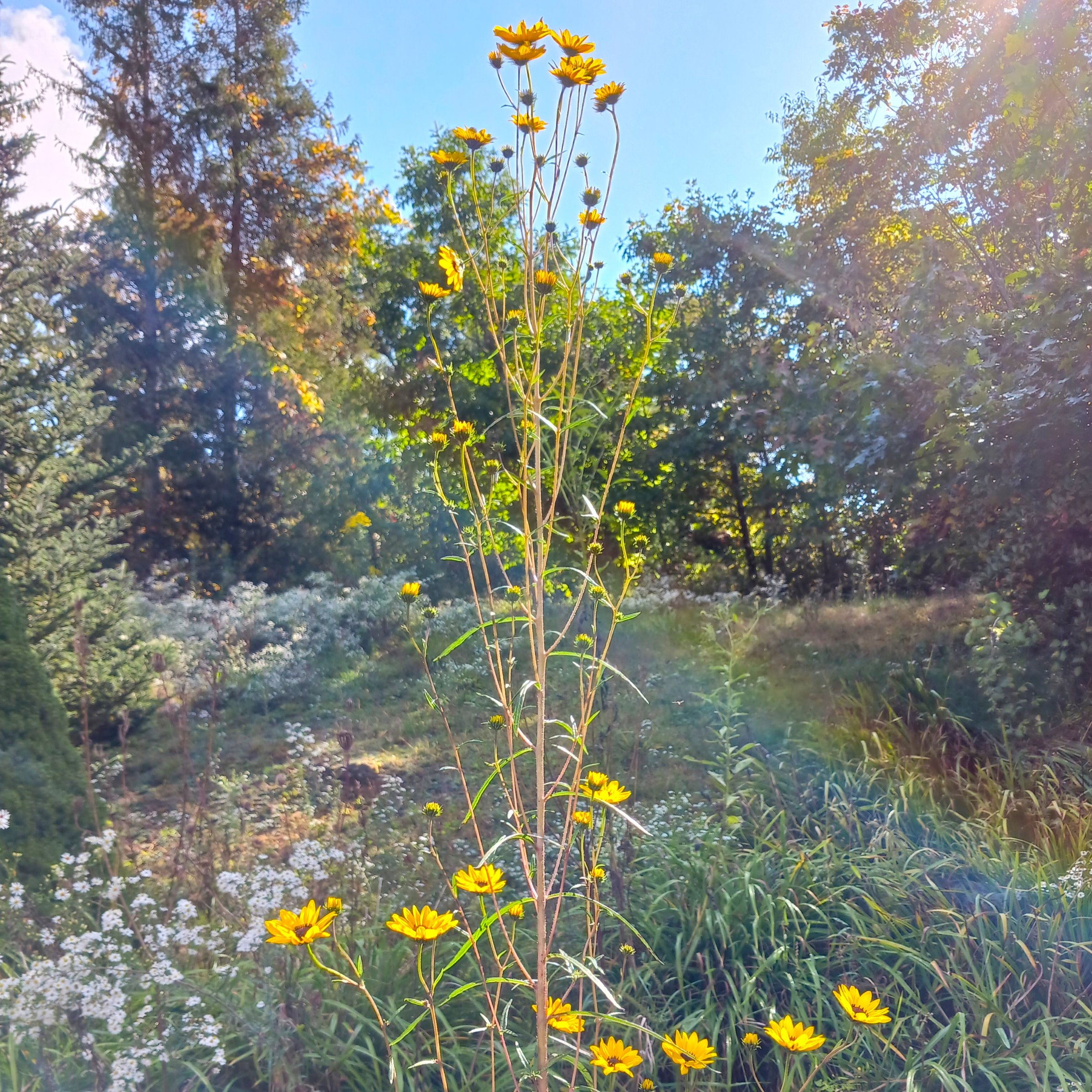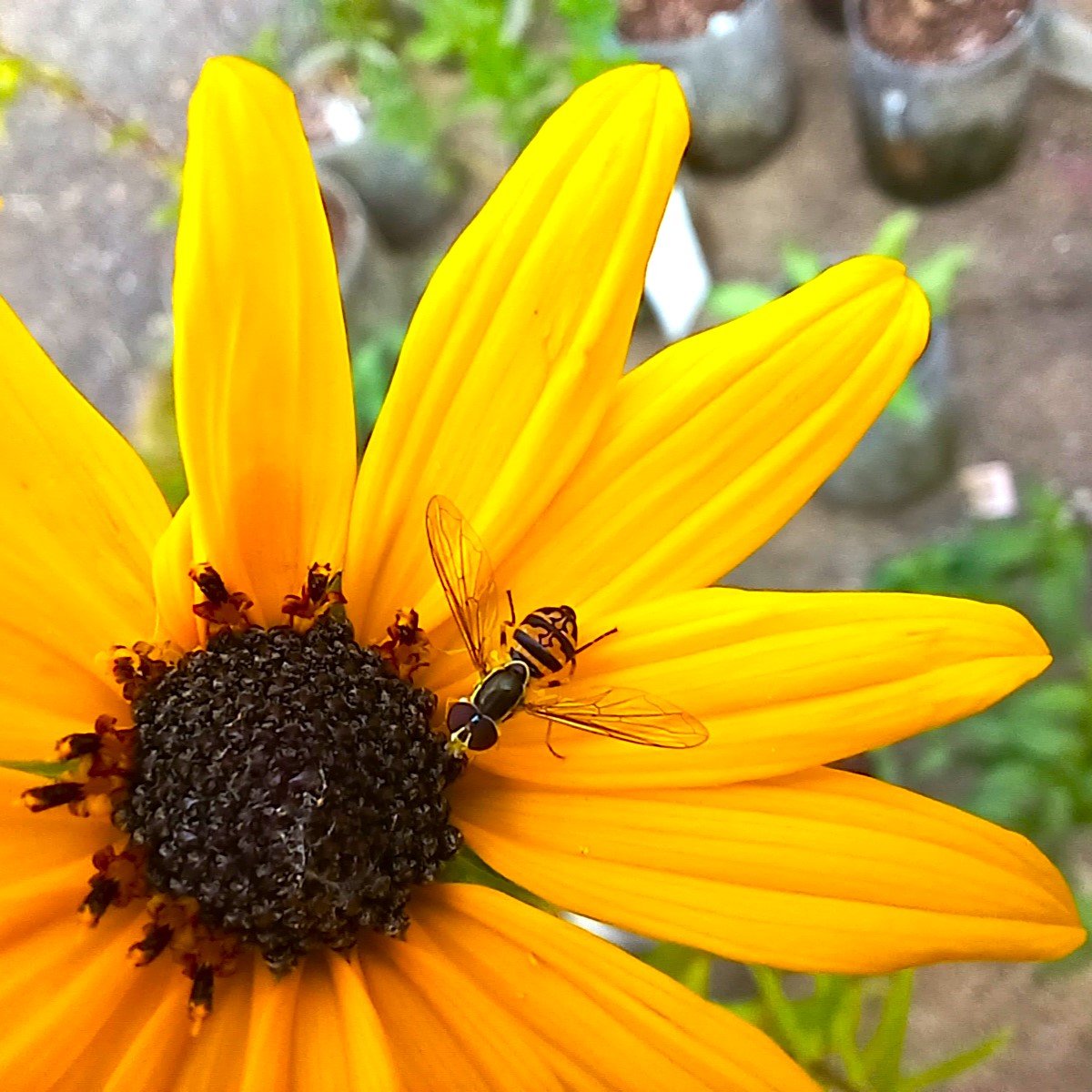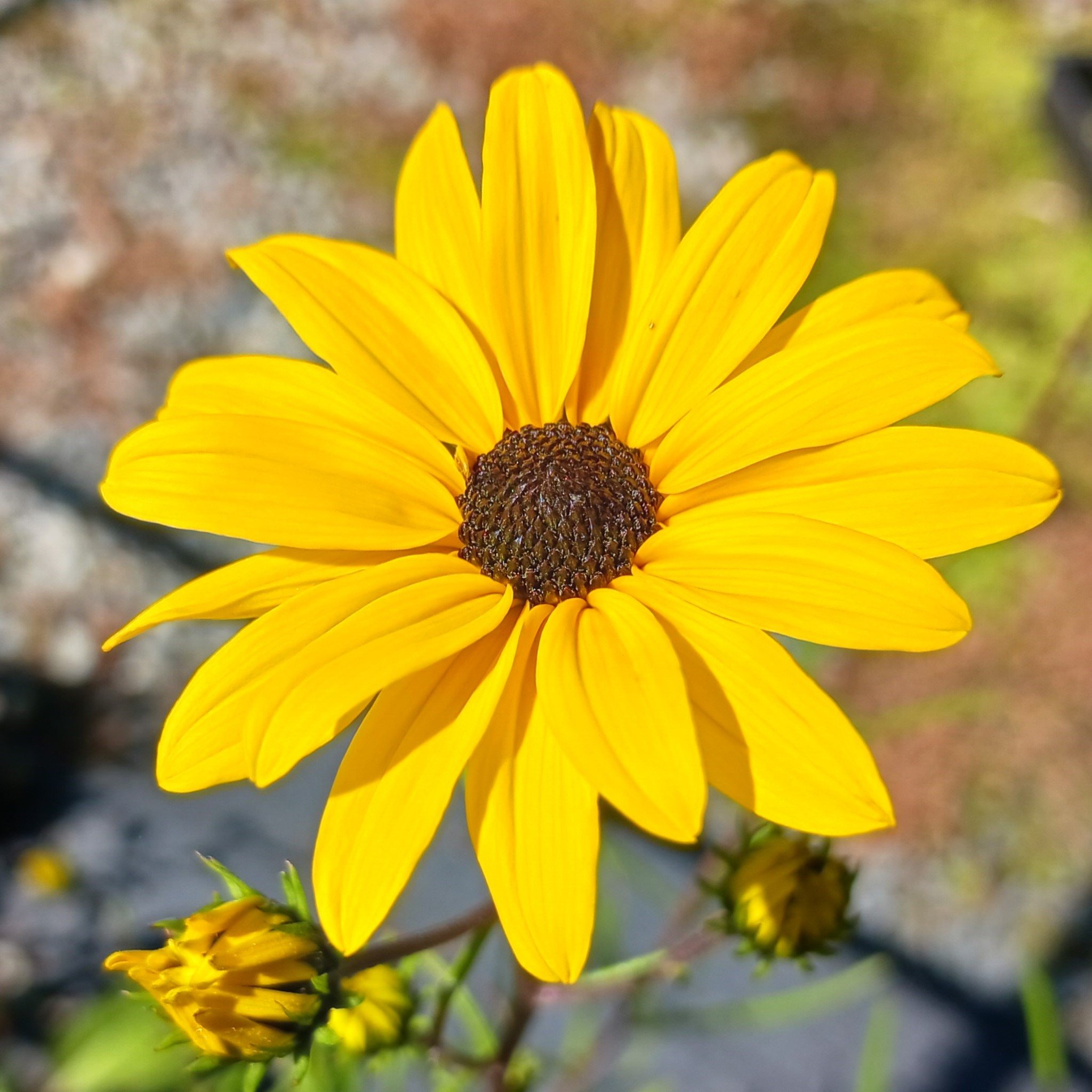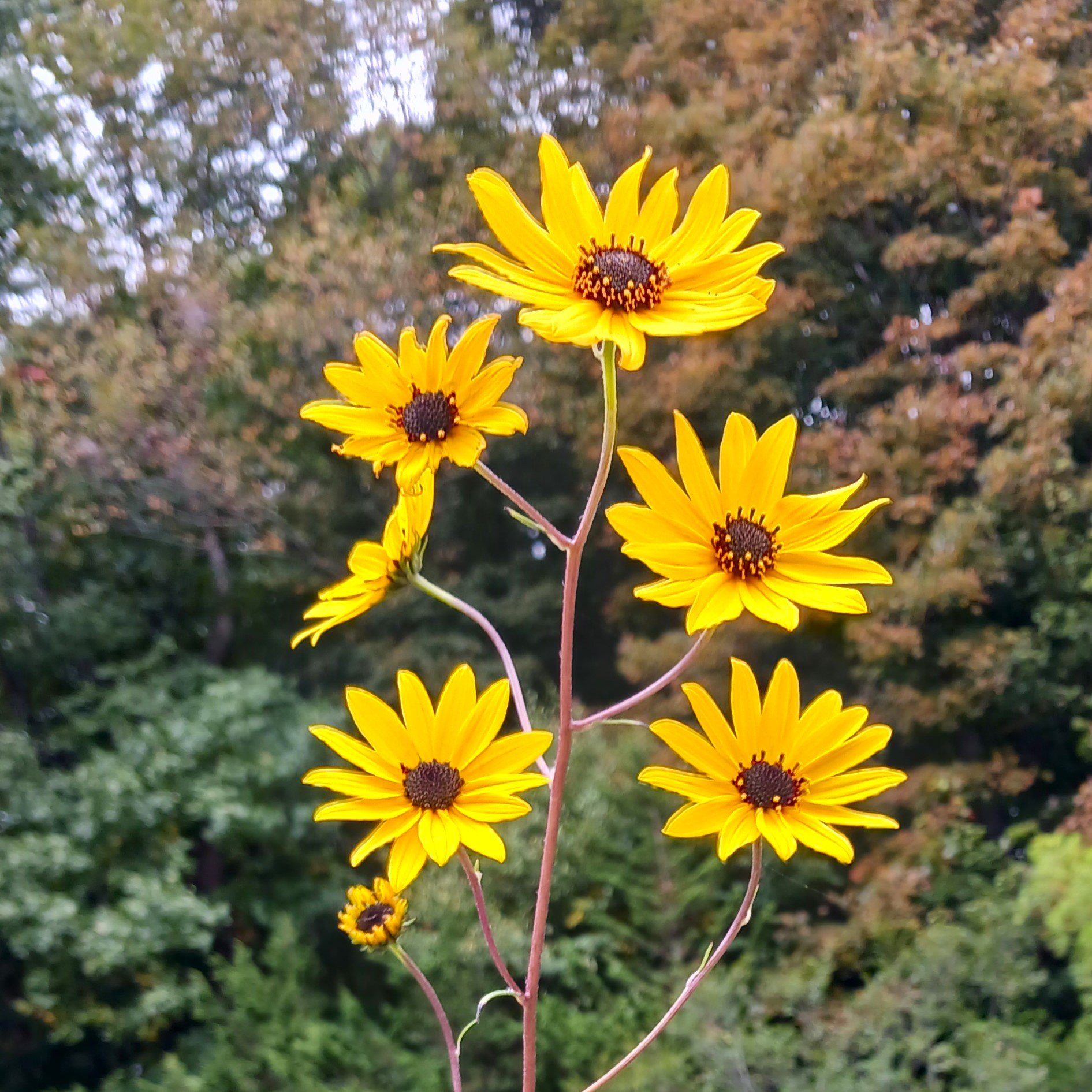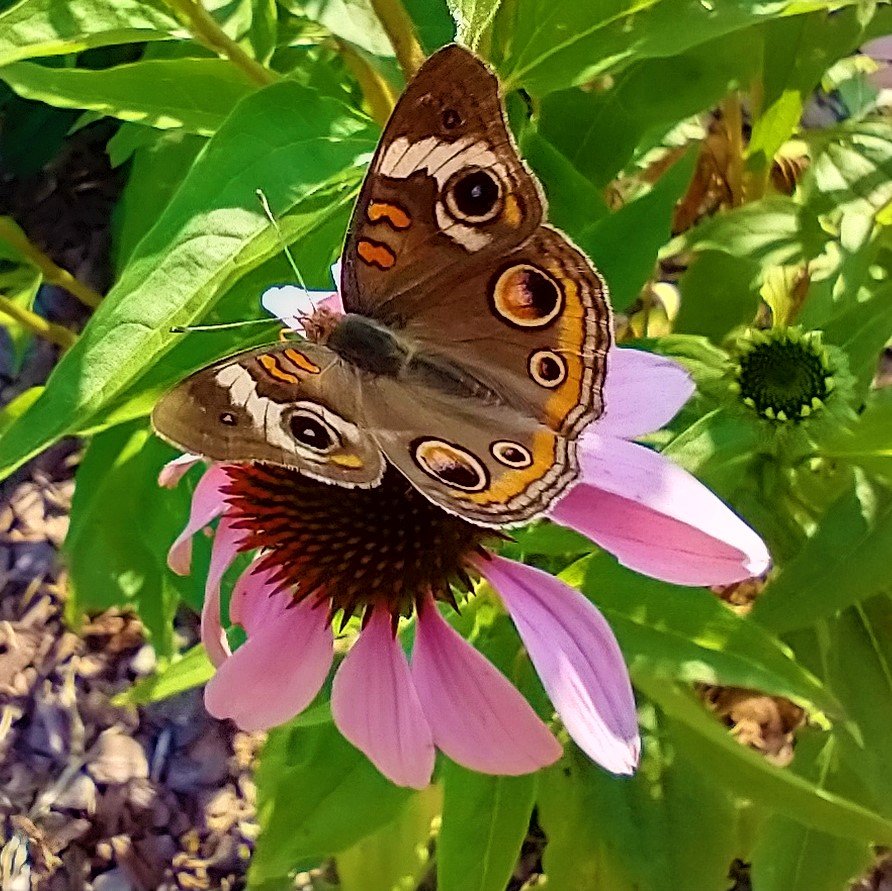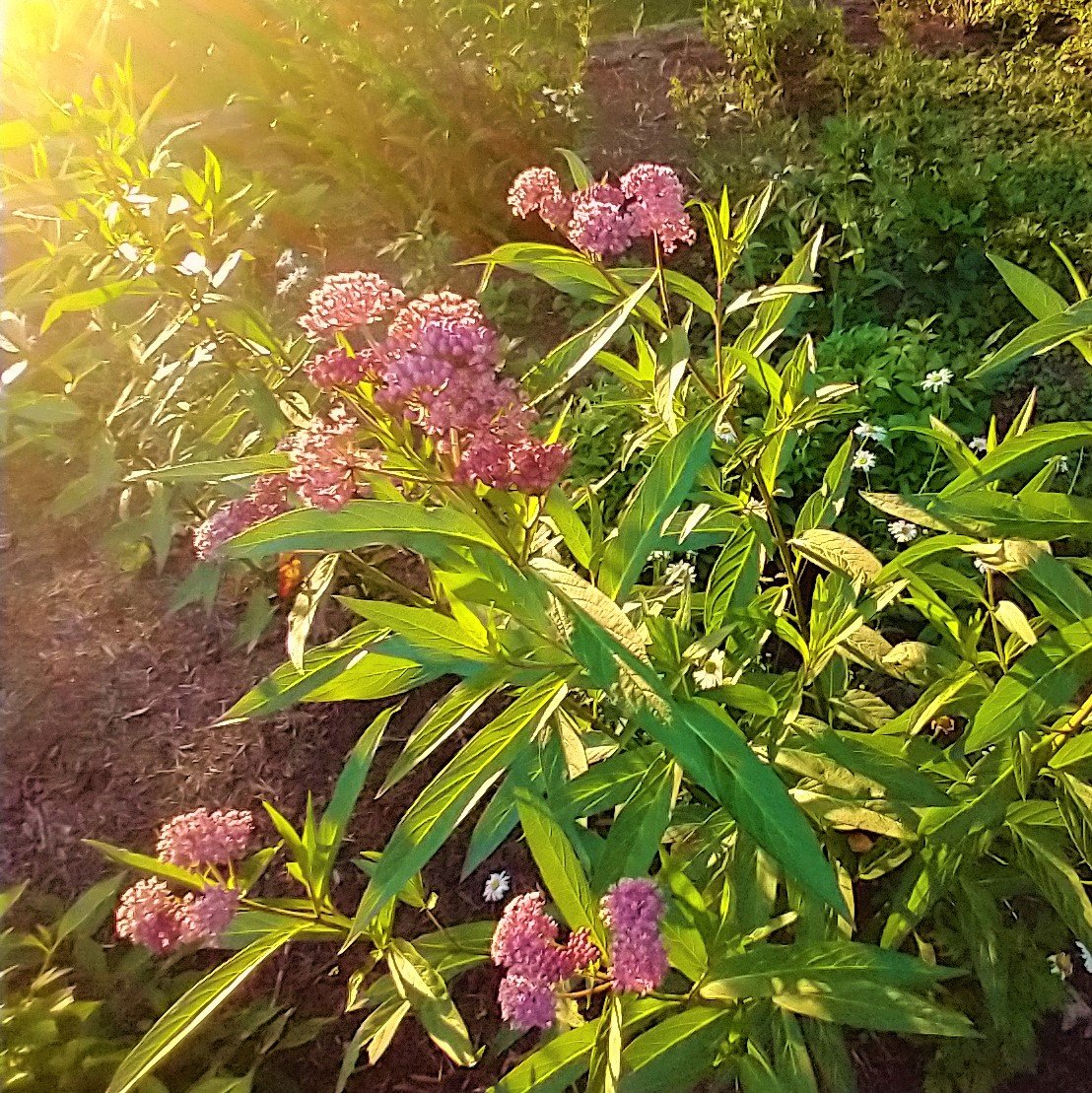Rudbeckia fulgida (Orange Coneflower)
Rudbeckia fulgida is a great native wildflower for any landscape. Highly adaptable and beautiful, with exquisite black centers framed by delicate orange-yellow petals and deep green leaves. It is also an important plant for supporting local wildlife, a source of food for bugs and animals of all kinds.
Rudbeckia fulgida is a great native wildflower for any landscape. Highly adaptable and beautiful, with exquisite black centers framed by delicate orange-yellow petals and deep green leaves. It is also an important plant for supporting local wildlife, a source of food for bugs and animals of all kinds.
Rudbeckia fulgida is a great native wildflower for any landscape. Highly adaptable and beautiful, with exquisite black centers framed by delicate orange-yellow petals and deep green leaves. It is also an important plant for supporting local wildlife, a source of food for bugs and animals of all kinds.
Rudbeckia fulgida is one of the most popular wildflowers found in landscapes across the US. What makes this species distinct from other Rudbeckia are its darker yellow flowers, with sometimes an orange tinge, and deep black centers. Its leaves are also semi-evergreen, forming a persistent basal groundcover even in winter. One of the best Rudbeckia for gardens, it reaches up to 3’ in height, but forms showy clusters of flowers, especially with 6+ hours of sun. It can also grow in shade, although at least a few hours of sun will ensure sufficient blooms. Rudbeckia fulgida is very tolerant of a variety of soils, growing in loamy moist soils with frequent rain and poor dry soils, being drought tolerant once established. It will spread over time by rhizomes, forming dense patches, but not too quickly to overtake other plants.
Of the many native plant options, Rudbeckia fulgida is ranked at the top of many lists. It is a prolific bloomer, providing flowers in late summer and continuing sometimes into October. Its flowers are showy but very accessible to pollinators, and attract a variety of species of bees, butterflies, and flower flies. In fact, dozens of specialist bee species have included Rudbeckia as on of the few genera of flowers they will feed on. A variety of caterpillar species feed on Rudbeckia as well, some selectively so. The seeds are sought after by birds, and can be a welcome food source in winter. Additionally, the semi-evergreen foliage can help provide cover for insects over winter.
Pollinators: bumblebees, halictid bees, leafcutter bees, miner bees, honey bees, butterflies, moths, bee flies, syrphid flies, soldier beetles
Host Plant for Butterflies/Moths: 15+ Lepidoptera species in our region, including the Silvery Checkerspot Butterfly (Chlosyne nycteis)
Dependent Species: 25 species of oligolectic bees - Andrena rudbeckiae only feeds on Rudbeckia species in North Carolina; 3 species of moths in our region only feed on Rudbeckia - Coneflower Borer (Papaipema nelita), Gray-blotched Epiblema (Epiblema carolinana), Epiblema tandana
Wildlife Value: Songbirds, Thrushes, Wood Warblers, winter cover
Deer Resistance: Moderate
Native Region: Appalachian Mountains, Piedmont, Coastal Plain
Seed Origin: nursery seed collected in NC
USDA Zones: 3-9
States found in our region: AL, DE, GA, KY, MD, NC, PA, SC, TN, VA, WV
Other states found: AR, FL, IL, IN, IA, MI, MS, MO, NJ, OH, OK, TX, WI







